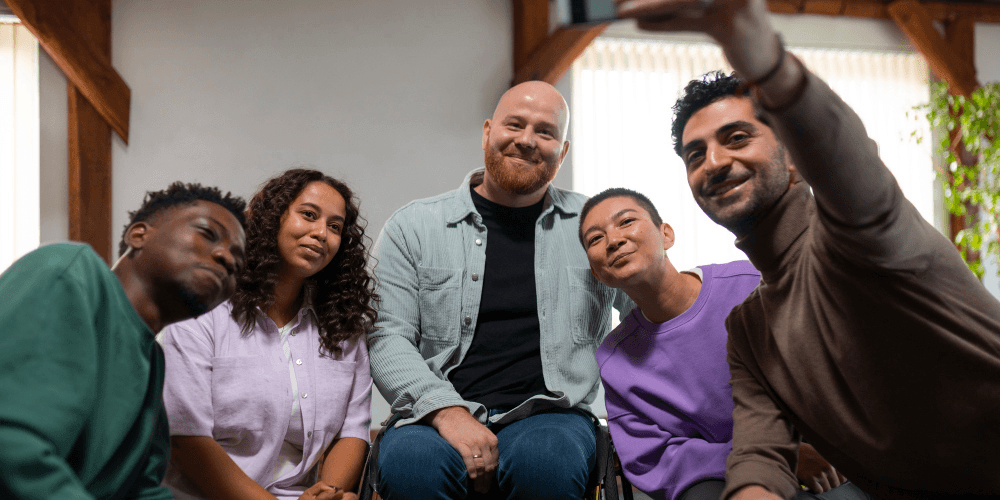Where DEI Falls Short and How to Rethink It

Diversity, Equity, and Inclusion (DEI) initiatives were meant to create fairer workplaces, but too often, they fall into the trap of symbolism over substance. Privilege walks, corporate statements, and black squares on social media may signal awareness, but do they create real change?
Workplace inclusion expert Y-Vonne Hutchinson argues that DEI, as it stands, often misses the mark. When efforts focus more on optics than impact, they feel hollow especially in a world where employees are dealing with real-life anxieties, from economic uncertainty to climate crises to political instability.
The question isn’t whether DEI is necessary. It’s how we can make it meaningful.
Where Traditional DEI Efforts Go Wrong
- Performative Gestures Without Structural Change
Many companies make grand DEI commitments but fail to back them with action. They hold unconscious bias trainings but don’t address biased hiring and promotion practices. They celebrate diversity months but lack leadership representation from marginalized groups. Without deeper organizational change, these efforts are more about optics than real inclusion. - One-Size-Fits-All Solutions
Privilege walks and corporate pledges assume that every workplace challenge fits into neat DEI frameworks. But inclusion isn’t just about identity it intersects with economic instability, environmental stress, and shifting political landscapes. Employees want solutions that acknowledge the complexities of their lived experiences. - A Focus on Awareness Over Accountability
Many organizations measure success by how many workshops they’ve held, rather than by actual shifts in workplace culture. Real progress requires holding leaders accountable for inclusive hiring, fair pay, and psychological safety not just attending diversity training sessions.
How to Rethink DEI for Real Impact
- Shift from Awareness to Action
Instead of just discussing bias, companies need to implement policies that dismantle it. That means fair hiring practices, transparent pay structures, and leadership accountability. Diversity without equity is just optics. - Meet People Where They Are
Employees today are not just worried about workplace discrimination they’re dealing with financial instability, climate disasters, and political unrest. DEI should evolve to address how inclusion intersects with these broader concerns, offering real-world solutions instead of abstract theories. - Foster Meaningful Conversations, Not Just Training Sessions
DEI isn’t a box to check it’s an ongoing dialogue. Companies need to create safe spaces for employees to discuss difficult issues without fear of backlash. This means listening, adapting, and committing to long-term cultural change. - Move Beyond Performative Symbols
A social media post or a training session won’t fix systemic inequality. Organizations must move from symbolic gestures to real investments mentorship programs, equitable promotions, and policies that create true belonging.
A Future Where DEI Works for Everyone
DEI isn’t about making people feel guilty it’s about building workplaces where everyone can thrive. By focusing on meaningful action over performance, we can replace frustration with optimism, empty gestures with real progress, and surface-level diversity with deep, systemic inclusion.
Because true equity isn’t about what a company says it’s about what it does.